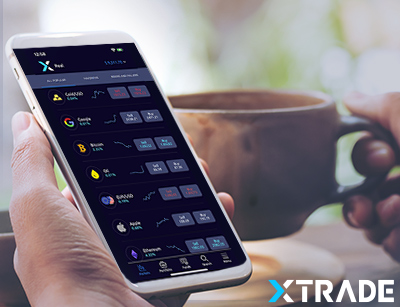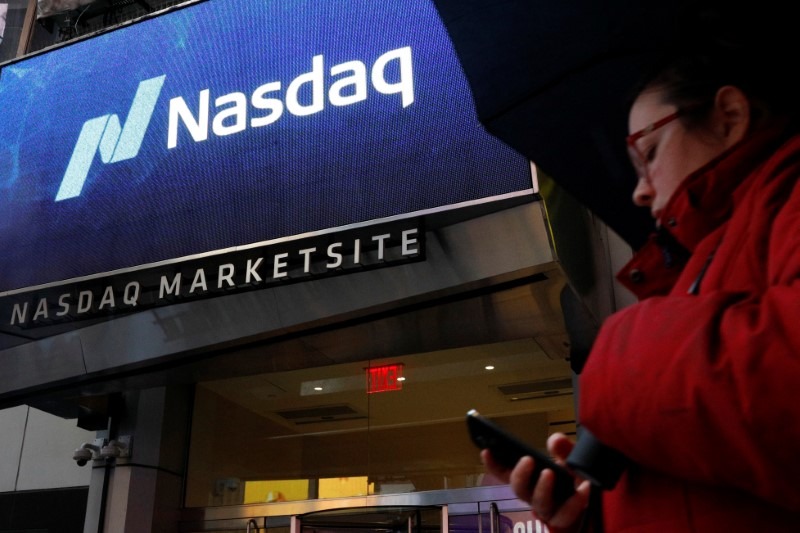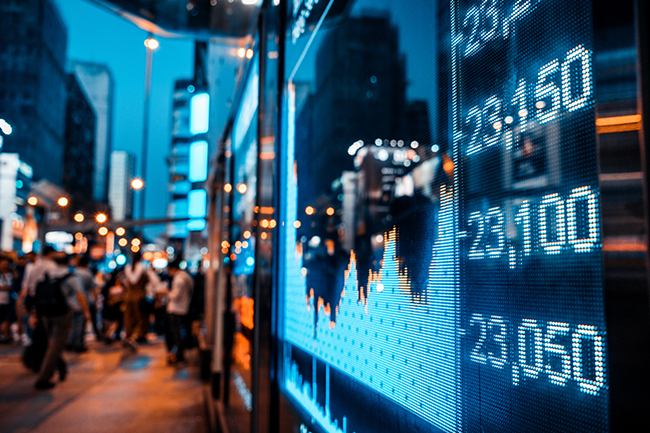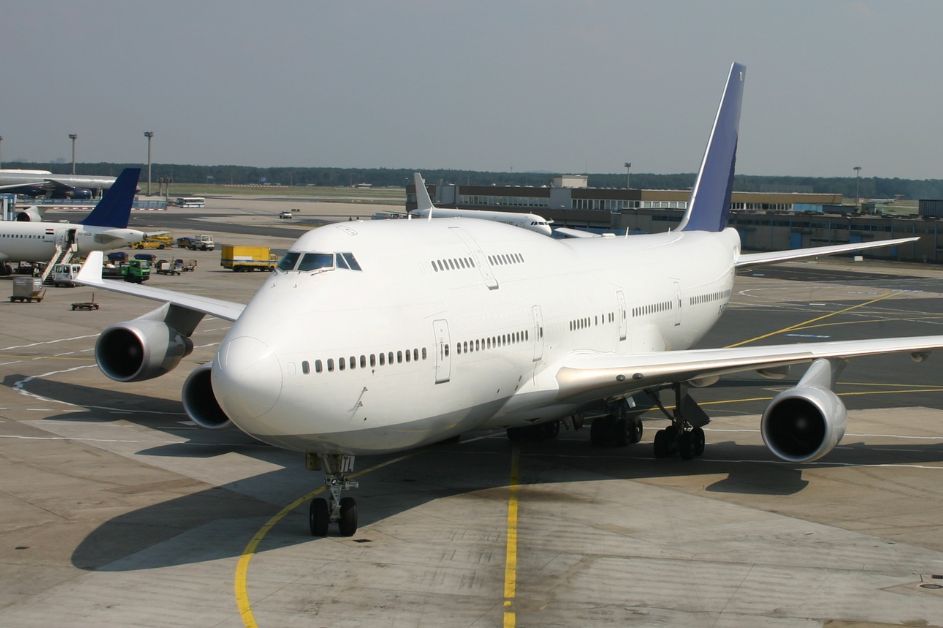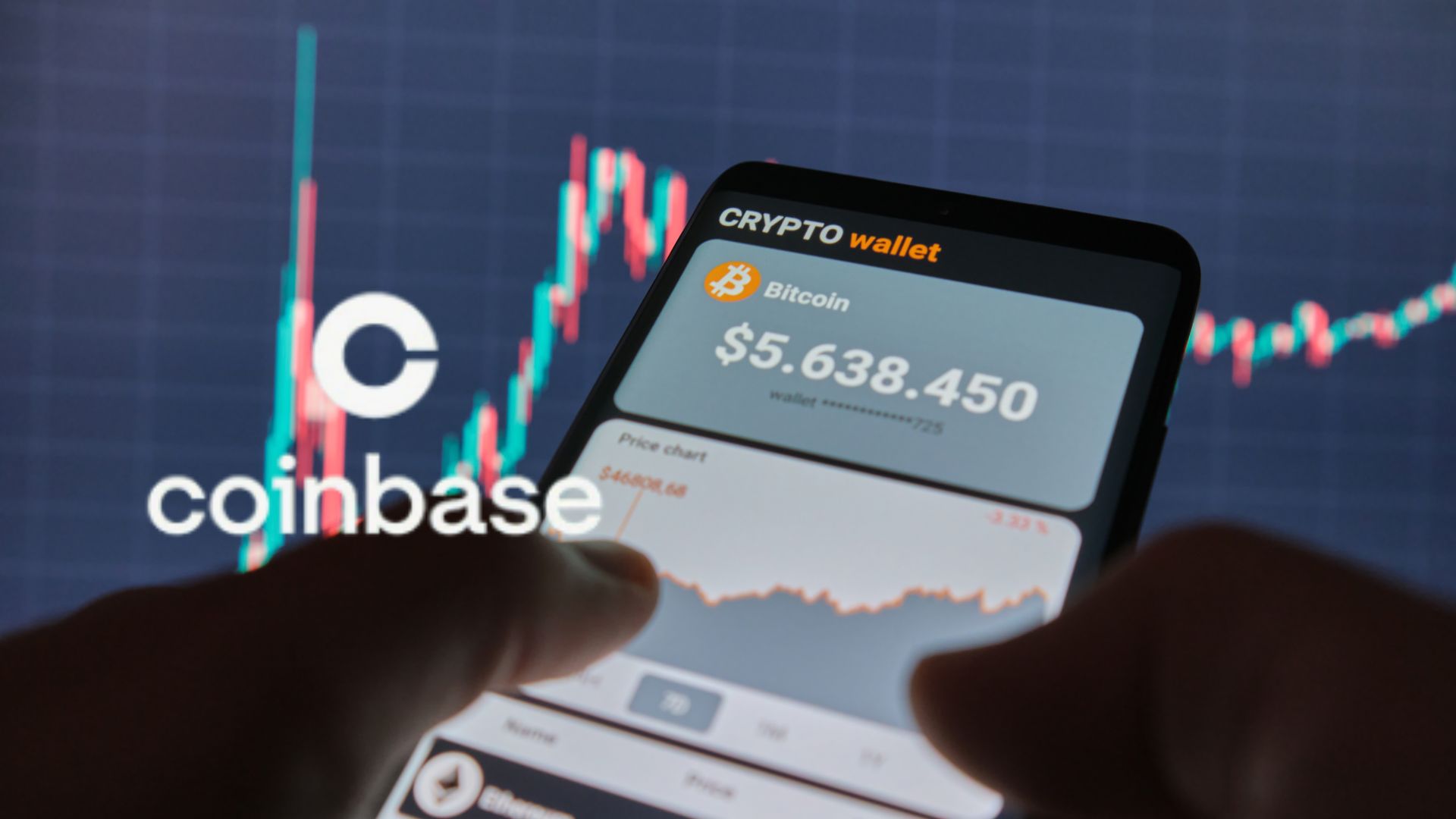Understand the Forex Rate with Tools, Charts and Converters
By Content-mgr - on November 26, 2015The factors determining forex rates are many, across all defining characteristics. The causal reasons are so varied that individual traders are advised to focus their efforts on a limited information set and expand their range through a gradual process. In this manner, the “known-unknowns” can be identified and dealt with scientifically.
All manner of forex factors warrant consideration and among the leading determinants are the movement and valuation of other currencies. Thus, a forex converter is a key tools in the arsenal of ongoing evaluation. In order for traders to be able to instantaneously evaluate a currency’s worth, he must be able to understand it in relation to other outstanding benchmarks of national worth — through a forex converter.
For market participants who are not principals (that is, who are not money-center banks or major security dealers), securing the services of a forex broker is a critical element in a successful trading strategy. In today’s world of abstraction and hyper-processing power, a contemporary trading platform would include a seamless and full-featured interface across the entire range of environments.
What is Forex Trading
With the development of Contracts for Difference (CFDs) and other proprietary trading platforms, the definition of “markets” has become blurred and the distinction between a trader’s broker and counter-party has increasingly lost meaning and context. With ever-lower margins and fees, the essential question of “what is forex trading?” comes to the fore. From the trader’s perspective, the issues remain as always:
- timely and relevant knowledge
- speed and reliability of order execution
- transaction cost (in the full sense of the concept)
Given the universality of high-speed internet and increasing access to cloud-based computing power, ours is an era of Do-It-Yourself algorithmicists, with each trader creating and operating his own forex converter. More so than at any previous time, the forex rate is driven by the collective opinions and judgements of the “market.” The question of “what is forex trading” is thus distilled to its essence of millions of different viewpoints taking positions reflecting their collective wisdom and acumen.
On the other hand, ours is an era of hyper-regulation and regulatory overload. Add to this, unprecedented and unimaginable amounts of national debt created since the 2008 financial crisis and the conclusion emerges that currently, central bank governors and treasury clerks are the real arbiters of national currency value and hence driving the forex rate. It is to the detriment of all market participants that Main Street and even Wall Street count for so little. When traders are focused on deciphering the entrails of pronouncements out of Brussels rather than analyzing real economic activity, an artificiality and distortion of the whole effort results.
Furthermore, central bankers also fall prey to a self-aggrandizing conception that not only can they drive forex rates with their monetary aggregates and interest rate tinkering but they can also use these blunt tools to manage the real economy. Over the last few years, as the world economy has recovered tepidly despite unprecedented liquidity and monetary accomodation, neither they, nor treasury minions have understood that without pro-growth fiscal policies, their monetary largesse is increasingly for naught.
 First Deposit Bonus
First Deposit BonusFirst Deposit Bonus | Phone Verification | First Trade on us | Account Verification


